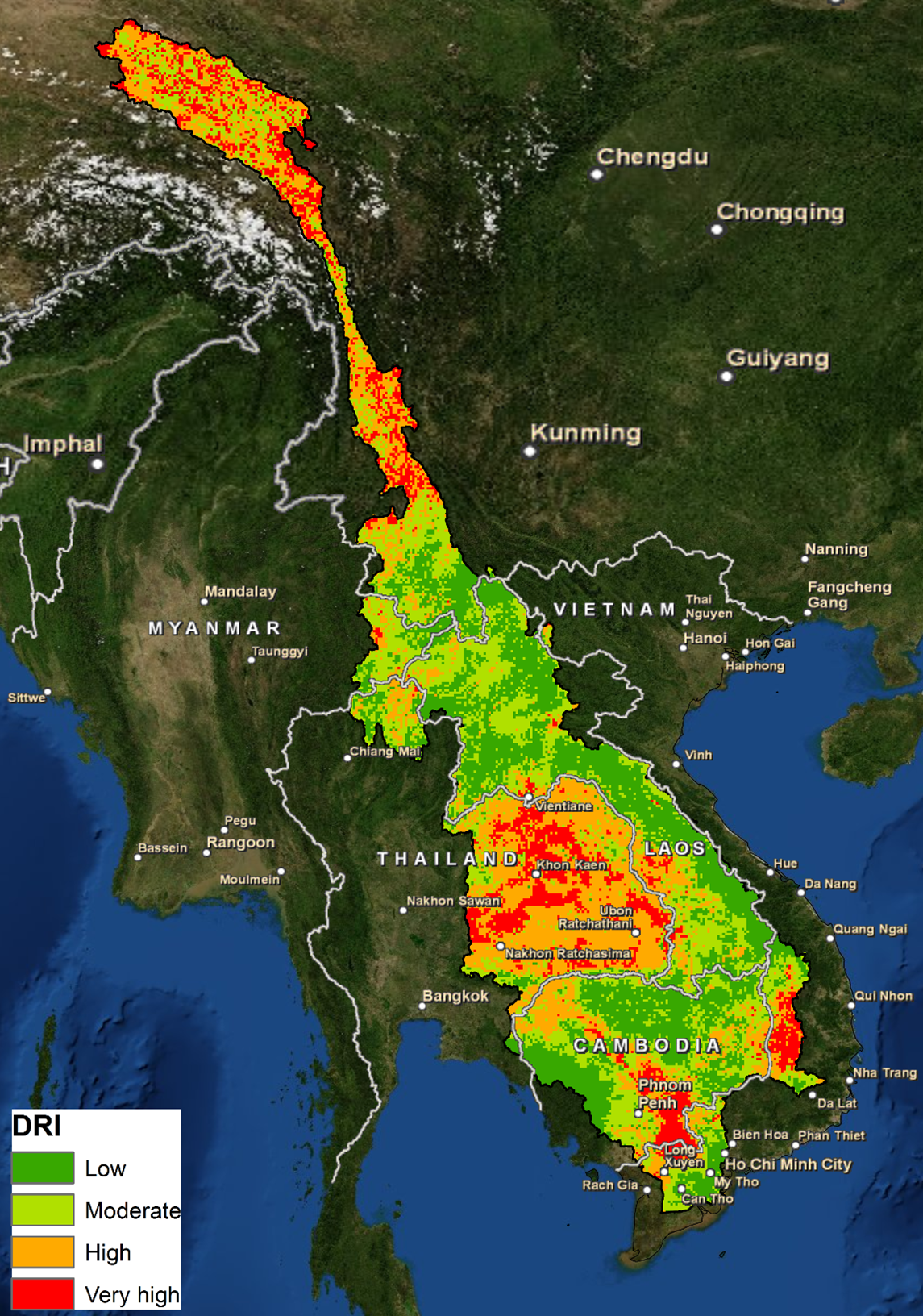In this project a Drought Monitoring and Impact Assessment Toolbox (DMIAT) was developed for Vietnam in order to support their drought policy. A DMIAT is a combination of remote sensing, models, and decision trees. The DMIAT will help Vietnam to better understand past and current droughts, and how to act upon droughts which will intensify in the future.
In November, NL EVD International commissioned a call to write a proposal for an ‘Early Deliverable’ to be presented in Vietnam. The goal of this ‘Early Deliverable’ was to demonstrate to the people in Vietnam what the Dutch water sector can offer to Vietnam, with respect to Water & Climate related services. This project was performed in collaboration with the Netherlands Space Office (NSO) and the Netherlands Water Platform (NWP).

Drought is a serious threat to the people and the environment of Vietnam. Especially for Vietnam, there are some typical examples of the impact of droughts. During 2003-2005 there was a drought which costed over 60 million USD. Another drought occurred in June 2010, which affected 40,000 households. Besides these past droughts, the Intergovernmental Panel on Climate Change (IPCC) concluded in their latest Assessment Report that low rainfall and higher temperatures will intensify drought in Vietnam substantially.
FutureWater has developed a Drought Monitoring and Impact Assessment Toolbox (DMIAT), which can be seen as an integration of four types of drought: meteorological drought, agricultural drought, hydrological drought, and socio-economic impacts. A DMIAT is a combination of remote sensing, models, and decision trees. For this ‘Early Deliverable’ for Vietnam, FutureWater showed some applications of the DMIAT for a small region in Vietnam. These results were finally presented during the Water & Climate Services workshop in Ho Chi Minh City.

